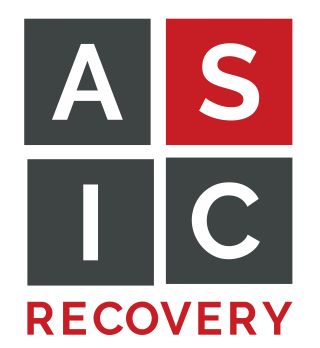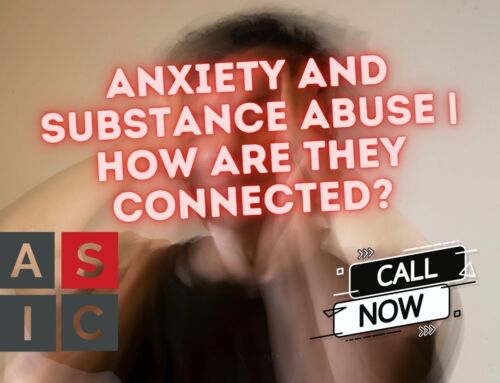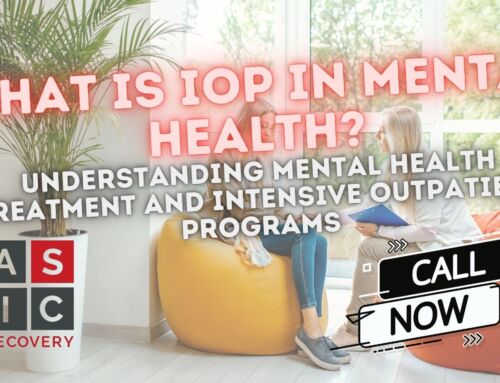Oxymorphone is a potent prescription opioid painkiller used to treat moderate-to-severe pain. When taken as prescribed, oxymorphone can provide much-needed relief for patients suffering from chronic or acute pain.
However, when abused, it can lead to addiction and potentially life-threatening consequences.
When you take oxymorphone, it attaches to the opioid receptors in your brain, spinal cord, and other areas of your body, blocking pain signals and releasing a flood of dopamine.
This leads to feelings of euphoria, relaxation, and a sense of well-being. Over time, your body becomes accustomed to the drug, and you begin to crave it, which can quickly turn into full-blown addiction.
The Risks of Oxymorphone Addiction
Oxymorphone addiction carries numerous risks to both your physical and mental health. The constant pursuit of the drug can lead to financial strain, damaged relationships, and neglect of personal responsibilities — and that’s the least of it.
As your tolerance for the drug increases, you’ll end up taking higher doses to get the same effect, putting yourself in danger of overdosing.
Opioid overdoses can cause you to stop breathing, which can put you into a coma or even kill you. Long-term use can cause liver damage, kidney failure, and heart problems.
There’s also an increased likelihood of engaging in risky behaviors, like driving while intoxicated or sharing needles. Many addicts who struggle for years to get sober end up with many, if not all, of these problems.
Recognizing the Signs of Oxymorphone Addiction
If you think a loved one might be addicted to oxymorphone, there are some signs to look out for.
Physical signs of oxymorphone addiction include constricted pupils, excessive sweating, drowsiness, slurred speech, and weight loss. You may also notice a decline in personal hygiene and grooming habits.
Behavioral signs can include secretive behavior, lying about drug use, and withdrawing from friends and family. The addict might experience financial difficulties, legal troubles, or a decline in work or school performance.
Psychological signs of oxymorphone addiction include mood swings, anxiety, depression, and irritability. They’re likely craving the drug constantly, which means it’s all they think about or talk about (if they’re open about their addiction with you).
Oxymorphone Overdose: Symptoms and Treatment
Knowing the symptoms of an oxymorphone overdose can be lifesaving. These symptoms may include slow, shallow, or irregular breathing, pinpoint pupils, extreme drowsiness, cold and clammy skin, and unconsciousness.
If you suspect someone is experiencing an oxymorphone overdose, call for emergency medical help immediately. While waiting for help to arrive, ensure that the person’s airway is clear and monitor their breathing. Administer NARCAN, an opioid overdose reversal medication, if available. You may have to give them NARCAN more than once.
Oxymorphone Detox
The first step toward recovery is to detox, which just means clearing the drug from your system. All opioid addicts will go through withdrawal when they stop taking the medication, and withdrawal can be severe, so you’ll want to go to a medically supervised detox facility to get through them.
You’ll be monitored by medical professionals in a safe and controlled environment, which ensures you receive the necessary care and support to manage withdrawal symptoms and avoid complications.
They won’t take you off opioids cold-turkey — you won’t get more oxymorphone, but you’ll be given another opioid, like Suboxone, to reduce withdrawals, tapering you off over time.
However, not everyone chooses this path. It’s also possible to switch to a lower-risk opioid medication like Suboxone or Methadone, avoid withdrawals, and stay on this medication long-term.
This is called medication-assisted treatment (MAT) and is controversial because you’re still taking an opioid. Many people who have struggled to stay sober through more traditional methods, like the 12 Steps, choose MAT and find they’re able to stay away from harder drugs (like oxymorphone) by staying on something like Suboxone.
Treatment Options After Detox
Even if you choose to get on Suboxone while in a detox facility, it’s common for most people to continue on to inpatient rehab.
Inpatient rehab provides a structured, supportive environment where you can focus on your recovery without the distractions and temptations of everyday life. This type of treatment typically involves a combination of therapy, medication, and support group participation.
If inpatient treatment isn’t an option, you might want to look into outpatient. This type of treatment, often called “intensive outpatient programs (IOP),” allows you to continue living at home while attending regular therapy sessions and support group meetings.
IOP is a great follow-up to rehab, but it’s also hugely beneficial if you’re on MAT and don’t feel the need to go to inpatient. It’s also great if you just can’t do rehab but need some form of treatment.
For many people, whether they go to treatment or not, adding therapy into the mix can make a big difference in their chances for long-term sobriety and success.
There are many forms of therapy available these days, including cognitive-behavioral therapy (CBT) and dialectical behavior therapy (DBT). Both can help you address the underlying issues that contribute to your addiction and provide you with coping skills to manage triggers and maintain sobriety.
Coping Strategies for Maintaining Sobriety
While therapy is a powerful tool for achieving and maintaining sobriety, there are more tools that you can and should utilize.
For example, a strong support system is crucial for maintaining sobriety. Surround yourself with friends and family who understand what you are going through and are committed to helping you succeed in your recovery journey.
Getting involved in support groups is another great idea. It’s very common for people to start going to a 12-step group like Alcoholics Anonymous or another sobriety-focused group like SMART Recovery, but any support group can be extremely helpful, especially when you’re new in sobriety.
Finally, engaging in healthy activities, such as exercise, meditation, and hobbies, can help keep your mind occupied and make sobriety feel fun. Practicing self-care is also essential for maintaining both your physical and mental well-being during recovery.
IOP at ASIC Recovery
Are you looking for substance abuse treatment in Texas?
At ASIC Recovery, our Intensive Outpatient Program (IOP) is dedicated to helping individuals develop healthier coping skills and build a recovery-supportive network in all aspects.
Click to learn more.



